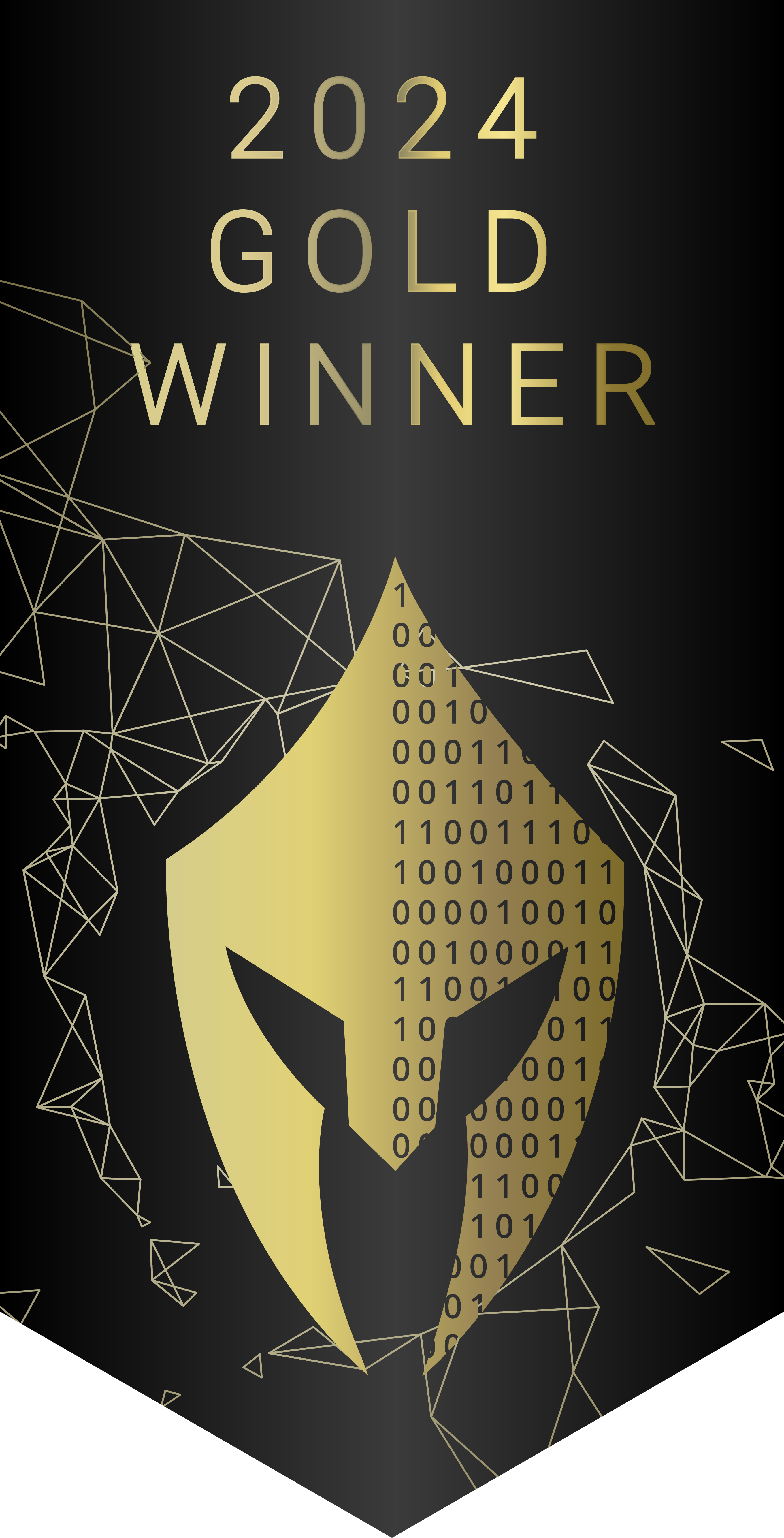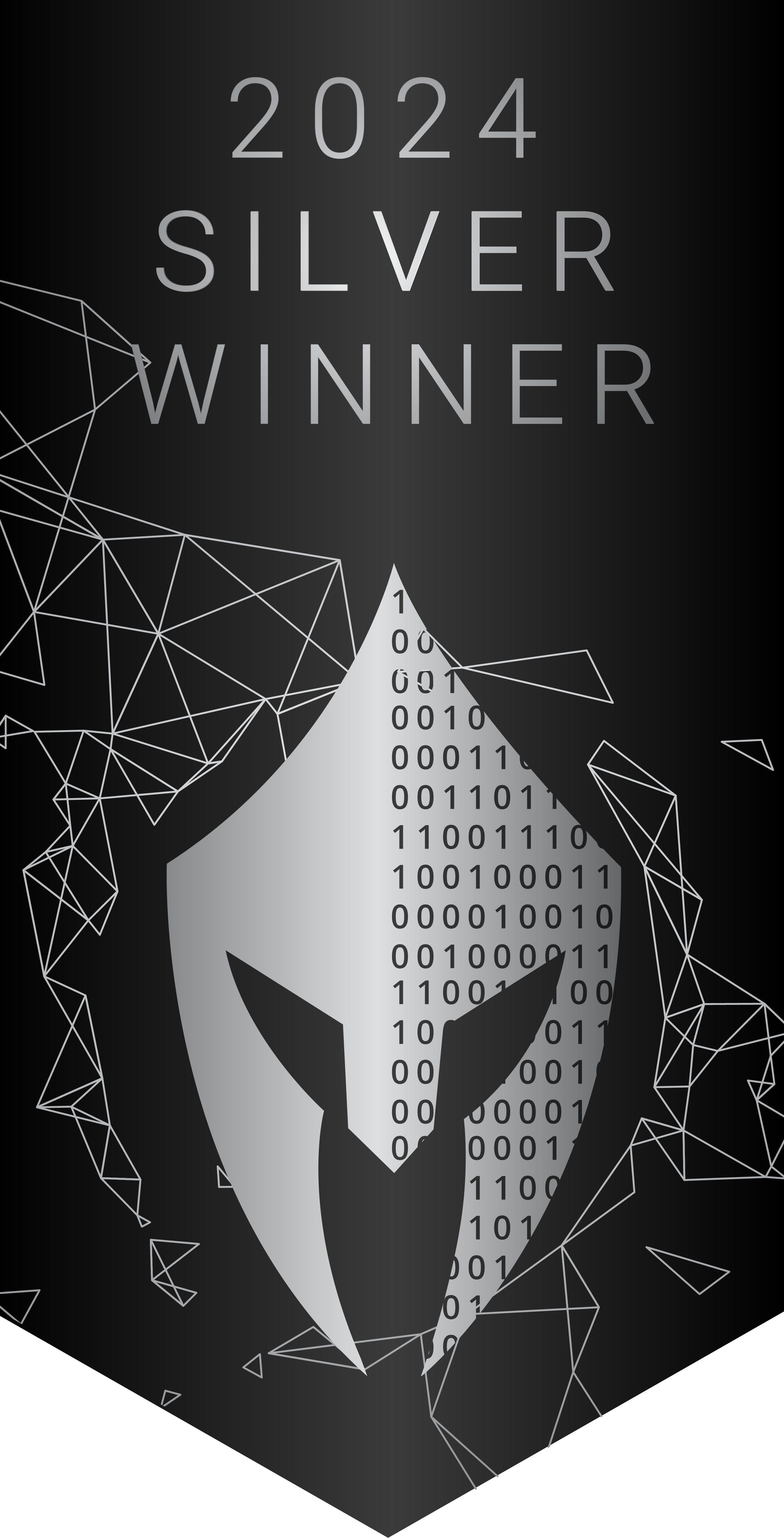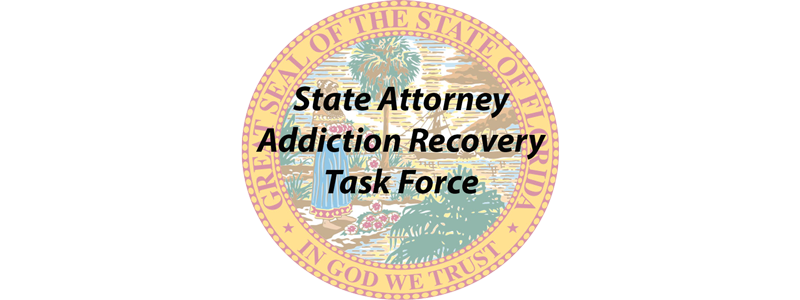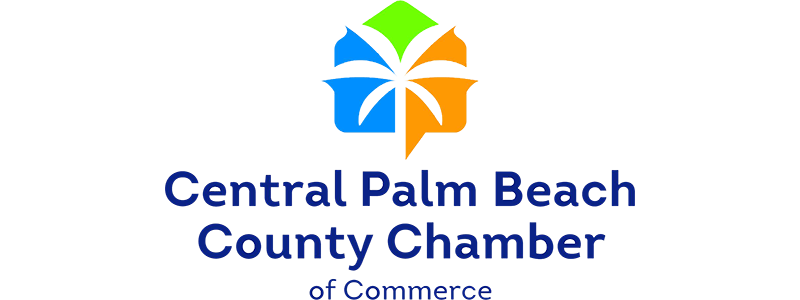Understanding the Medical Billing Process
The medical billing process contains steps that begin when a patient seeks healthcare services. It ends with the reimbursement of the healthcare provider.
It involves:
- Patient registration
- Insurance verification
- Documentation
- Claim submission
- Payment processing
- Denial management and appeals
- Patient billing and collections
Each step ensures accurate and timely reimbursement for healthcare services rendered.1 Understanding the medical billing process is important for patients to take control of their healthcare finances and navigate insurance coverage effectively.Patients can also advocate for fair and transparent billing practices. Here are some of the benefits of understanding the medical billing process:
Avoiding Billing Errors
Medical billing errors are not uncommon, and they can lead to unnecessary financial burdens for individuals. Organizations can:
- Review patient bills
- Identify discrepancies
- Take appropriate steps to rectify mistakes or overcharges
Compliance and Regulations
Understanding medical billing processes helps healthcare providers and facilities comply with the following:
- Billing regulations
- Avoid potential legal issues
Proper and accurate billing practices are essential for maintaining the integrity of the healthcare system. This ensures patients receive fair and appropriate billing.
Transparency and Trust
Transparent billing practices enhance trust between patients and healthcare providers. Patients’ understanding of the billing process enables a positive relationship between them.
Streamlining the Medical Billing Process with instantvob®
Instantvob® is a cloud-based technology tool designed to provide instant verification of benefits (VOB) for healthcare providers, drug rehab admissions staff, and revenue cycle management teams.2
It aims to expedite the admissions process, improve treatment decision-making, and enhance revenue cycle management. Here’s how you can streamline your medical billing process using instantvob®:
Faster Admissions Decisions
By accessing real-time verification of benefits and patient coverage information through instantvob®, you can make faster decisions on admissions for treatment and therapies. This helps speed up the treatment process and ensures patients receive timely care.
Accurate Reimbursement Estimates
instantvob® provides fast and precise reimbursement estimates. This can save healthcare providers and revenue cycle management teams time. This enables you to understand potential reimbursement amounts better.
24/7 Availability
With instantvob®, you can verify benefits 24/7, including nights and weekends. This primarily benefits addiction and mental health care providers, where patient intake schedules can be unpredictable.
Simplified Workflows
instantvob® simplifies the verification of benefits process by only requiring five patient identifiers.
It retrieves comprehensive VOB data, including:
- Deductibles
- Covered amounts
- Out-of-pocket costs
- Pharmacy benefit coverage
- Drug access restrictions
- Coverage alerts
- Dispense options
This streamlines operations and reduces collection outcomes.
Enhanced Communication
By clearly understanding patient benefits, you can effectively communicate appropriate and available care options to patients. This improves patient satisfaction and helps them make informed decisions about their treatment.
Improved Revenue Cycle
Accurate and efficient verification of benefits at the initial point of contact helps reduce insurance rejections and denials. This leads to faster and smoother payment processes, improving your revenue cycle management.
Compliance and Security
instantvob® is designed to meet HIPAA compliance standards and other relevant PHI (Protected Health Information) regulations. It ensures end-to-end data and access security, protecting patient information.
Advantages of Automating the Medical Billing Process
Automating the medical billing process offers several advantages that greatly improve efficiency, accuracy, and overall revenue cycle management.3Here are some key advantages of automating the medical billing process:
Increased Efficiency
Automation eliminates many manual and time-consuming tasks involved in medical billing, such as:
- Data entry,
- Claim generation,
- Payment posting
This reduces the time and effort required, allowing staff to focus on more critical tasks and increasing overall productivity.
Faster Payment Processing
Automated billing systems can generate and submit claims electronically. This leads to faster processing and payment turnaround times.
Electronic claims are less prone to errors and can be submitted to insurance companies immediately. This results in quicker reimbursement for healthcare providers.
Reduced Errors and Denials
Automation minimizes human errors commonly associated with manual billing processes. Automated systems can perform real-time eligibility and coding checks. This ensures accurate and compliant claims submission.
Improved Cash Flow
Automated billing systems improve healthcare practices’ cash flow with faster claims processing and reduced denials.
Enhanced Revenue Cycle Management
Automation provides comprehensive tracking and reporting capabilities. This enables better visibility into the entire revenue cycle.
It allows healthcare providers to:
- Monitor claim statuses
- Identify bottlenecks
- Optimize billing processes to maximize revenue
- Minimize revenue leakage
Streamlined Patient Experience
Automation improves the patient experience by:
- Reducing billing errors
- Minimizing claim rejections
- Enabling faster claim resolution
It can also facilitate electronic payment options, such as online portals, making it more convenient for patients to manage their bills and payments.
Enhanced Data Security
Automated billing systems often have robust security measures to protect patient information. They also comply with privacy regulations like HIPAA. This helps safeguard sensitive data, ensuring patient confidentiality and minimizing the risk of data breaches.
Cost Savings
While upfront costs may be associated with implementing an automated billing system, the long-term benefits often outweigh the investment. Automating repetitive tasks and reducing manual labor can lead to significant cost savings, including reduced staffing needs and improved resource allocation.
Common Challenges Faced During the Medical Billing Process
The medical billing process can be complex and challenging. It often presents various hurdles that healthcare providers and billing teams must overcome.
Addressing these challenges requires:
- A combination of efficient processes
- Ongoing training
- Robust technology solutions
- Effective communication between healthcare provider’s billing teams
It’s crucial to stay proactive and adapt to industry changes to optimize the medical billing process. Here are some common challenges faced during the medical billing process:
Claim Denials and Rejections
Insurance claim denials and rejections are common challenges in medical billing. They can occur for various reasons, including:
- Missing information
- Lack of pre-authorization
- Eligibility issues
- Insufficient documentation
Dealing with denials requires careful review, appeals, and resubmissions. This can be time-consuming and impact cash flow.
Complex Payer Policies
Insurance companies often have complex and ever-changing policies regarding:
- Coverage
- Pre-authorization requirements
- Medical necessity
- Reimbursement rates
Navigating these policies and staying updated on changes can lead to claim rejections or underpayment.
Inadequate Documentation
Insufficient or incomplete documentation is a significant challenge in medical billing. Clear and detailed documentation of services provided, diagnoses, and medical necessity is essential for accurate claims submission.
Eligibility and Verification Issues
Verifying patient eligibility and insurance coverage is crucial to avoid claim rejections or billing errors. However, obtaining accurate and up-to-date eligibility information can take time and effort, especially when dealing with multiple insurance plans and complex benefit structures.
Technology Integration
Integrating various systems can be challenging, such as:
- Electronic health records (EHR)
- Billing systems
Incompatibility, data transfer issues, or lack of interoperability between systems can hinder the efficiency and accuracy of the billing process.
Regulatory Compliance
Compliance with healthcare regulations, such as HIPAA, coding guidelines, and payer-specific policies, is essential for successful medical billing.
However, keeping up with regulatory changes, ensuring the privacy and security of patient information, and avoiding non-compliance penalties can be demanding.
Legal and Regulatory Considerations in the Medical Billing Process
There are several legal and regulatory considerations that healthcare providers and billing teams must adhere to in the medical billing process.
Here are some key legal and regulatory aspects to consider:
Health Insurance Portability and Accountability Act (HIPAA)
HIPAA establishes regulations to protect the privacy and security of patients’ protected health information (PHI).4It imposes requirements on how PHI is collected, used, stored, and transmitted, including during the medical billing process. Compliance with HIPAA is essential to maintain patient confidentiality and avoid penalties.
Affordable Care Act (ACA)
The ACA introduced significant changes to the healthcare industry, including insurance coverage requirements, billing practices, and patient protections.5
Compliance with ACA regulations is essential to ensure proper billing and reimbursement practices.
False Claims Act (FCA)
The FCA imposes penalties and liabilities for submitting false or fraudulent claims for payment to government healthcare programs, such as Medicare and Medicaid.6
It is crucial to ensure accurate and truthful claims submission to avoid violations of the FCA.
Stark Law and Anti-Kickback Statute
These laws prohibit improper financial relationships and arrangements that may influence referrals or billing for healthcare services.7 Understanding and complying with these laws is essential to avoid illegal practices and penalties.
Coding and Documentation Guidelines
Accurate coding and proper documentation are critical for compliance and appropriate reimbursement. Adhering to coding guidelines, such as those provided by the American Medical Association (AMA) and Centers for Medicare and Medicaid Services (CMS), is essential to ensure compliant billing practices.
State and Local Regulations
In addition to federal regulations, healthcare providers must comply with state and local regulations governing medical billing practices.
These regulations may vary by jurisdiction, including licensing requirements, fee schedules, and billing transparency laws.
Best Practices to Ensure Accuracy in the Medical Billing Process
Ensuring accuracy in the medical billing process is crucial for timely reimbursement, efficient revenue cycle management, and compliance with regulatory requirements. Here are some best practices to help achieve accuracy in medical billing:
Comprehensive Documentation
Accurate and detailed documentation is the foundation of accurate billing. Healthcare providers should appropriately document all services, procedures, diagnoses, and treatments.
Regular Staff Training
Provide ongoing training and education to billing staff to update them on coding changes, compliance regulations, and best practices. Training should cover accurate documentation practices, coding guidelines, and payer-specific requirements. Regularly assess staff knowledge and address any knowledge gaps through targeted training programs.
Use Technology and Automation
Implement electronic health record (EHR) systems and medical billing software to:
- Automate billing processes
- Minimize errors
- Streamline workflows
Leverage technology for real-time eligibility verification, claims submission, and automated claim scrubbing to identify potential errors or issues before submission.
Double-Check Data Entry
Implement a double-check system to verify accuracy during data entry. This can involve a second person reviewing entered data for accuracy and completeness to minimize input errors.
Timely Follow-up on Claims
Establish a process for timely follow-up on unpaid or denied claims. Implement transparent workflows to address claim rejections, identify root causes, and take appropriate actions to resolve and resubmit claims promptly. Track and analyze denial trends to identify areas for improvement.
Maintain Compliance with Regulations
Stay current with coding guidelines, payer requirements, and regulatory changes. Regularly review and update policies and procedures to ensure compliance with legal and regulatory requirements, such as:
- HIPAA
- Coding guidelines
- Payer-specific policies
Monitor Key Performance Indicators (KPIs)
Establish and monitor key performance indicators related to billing accuracy, such as clean claim rate, denial rate, days in accounts receivable, and reimbursement turnaround time. Analyze these metrics regularly to identify areas for improvement and track progress over time.
Utilizing Technology to Improve the Medical Billing Process
Technology continues evolving and transforming various industries, including medical billing. Two emerging technologies, blockchain and artificial intelligence (AI), have the potential to further enhance the accuracy, security, and efficiency of medical billing.
Here’s how they can be utilized in the context of the medical billing process:
Blockchain Technology
Blockchain is a decentralized and distributed ledger technology that offers transparency, security, and immutability of data. In medical billing, blockchain can be utilized to:
- Improve Data Integrity: Blockchain can ensure patient data integrity, billing information, and transaction records. Utilizing blockchain allows medical billing data to be securely stored in tamper-proof blocks, reducing the risk of unauthorized changes or data manipulation.
- Streamline Claims Processing: Blockchain can facilitate secure and efficient claims processing by creating a shared, transparent, and auditable network among healthcare providers, insurance companies, and billing entities. This can enable real-time claims verification, validation, and adjudication, reducing processing time and improving accuracy.
- Enhance Billing Transparency: Blockchain can provide patients with increased transparency regarding the billing process, allowing them to track and verify their billing records and understand the charges and payments associated with their healthcare services.
Artificial Intelligence (AI)
AI technologies, such as machine learning and natural language processing, can significantly improve the medical billing process by:
- Automated Documentation: AI-powered solutions can analyze clinical documentation and provide suggestions for accurate documentation based on the patient’s medical history and procedures performed. This enhances accuracy and optimizes reimbursement.
- Fraud Detection: AI algorithms can automatically scan claims for errors, inconsistencies, and potential fraud. By analyzing historical claims data and identifying patterns, AI can flag potentially fraudulent claims, leading to improved compliance and reduced financial losses.
- Predictive Analytics for Revenue Cycle Management: AI can leverage predictive analytics to forecast revenue trends and optimize revenue cycle management. It can analyze historical billing data, identify patterns in claim denials, and provide insights to streamline workflows and improve revenue collection.
- Chatbots and Customer Service: AI-powered chatbots can assist patients in understanding their billing statements, answering common billing-related questions, and providing personalized support. This improves the patient experience, reduces administrative burden, and enhances customer service.

Potential Cost Savings Associated with Streamlining the Medical Billing Process
Implementing instantvob® to streamline the medical billing process can yield significant cost savings for organizations. By automating administrative tasks, resources can be redirected to other crucial areas, optimizing overall efficiency.
Here are some ways instantvob® can help:
Cost Savings
Automation and efficiency in billing processes reduce administrative costs, allowing organizations to allocate resources to other critical areas of healthcare delivery or invest in technology and infrastructure improvements.
Faster Reimbursement
Streamlining can expedite the billing and reimbursement cycle, leading to faster payment collection and improved cash flow, ensuring financial stability for the organization.
Reduced Claim Denials
The reduction in claim denials and rework expenses not only minimizes the need for additional staffing but also safeguards against potential revenue loss.
Detailed ROI
A detailed return on investment (ROI) analysis for instantvob® implementation empowers organizations to quantify the financial benefits of this system precisely, facilitating well-informed decision-making and ensuring a successful and sustainable billing management strategy.
Reduced Errors and Denials
Efficient billing systems minimize errors and inconsistencies, leading to fewer claim denials and rejections. instantvob® reduces the need for costly rework and appeals, saving time and resources.
Improved Patient Experience
instantvob® billing processes lead to more transparent and accurate billing statements, resulting in a better patient experience and higher patient satisfaction.
Streamline Your Medical Billing Process Today
Automating your medical billing process brings numerous advantages to organizations. Contact instantvob® today to learn more about our services.
Resources
Table of Contents
Learn More About How instantvob® Can Help You Get the Most Out of Healthcare
Reach out to find out how you can optimize patient admissions with an Instant Verification of Benefits today. We’re here to make your life more efficient.






© 2025 instantvob®, LLC | All Rights Reserved